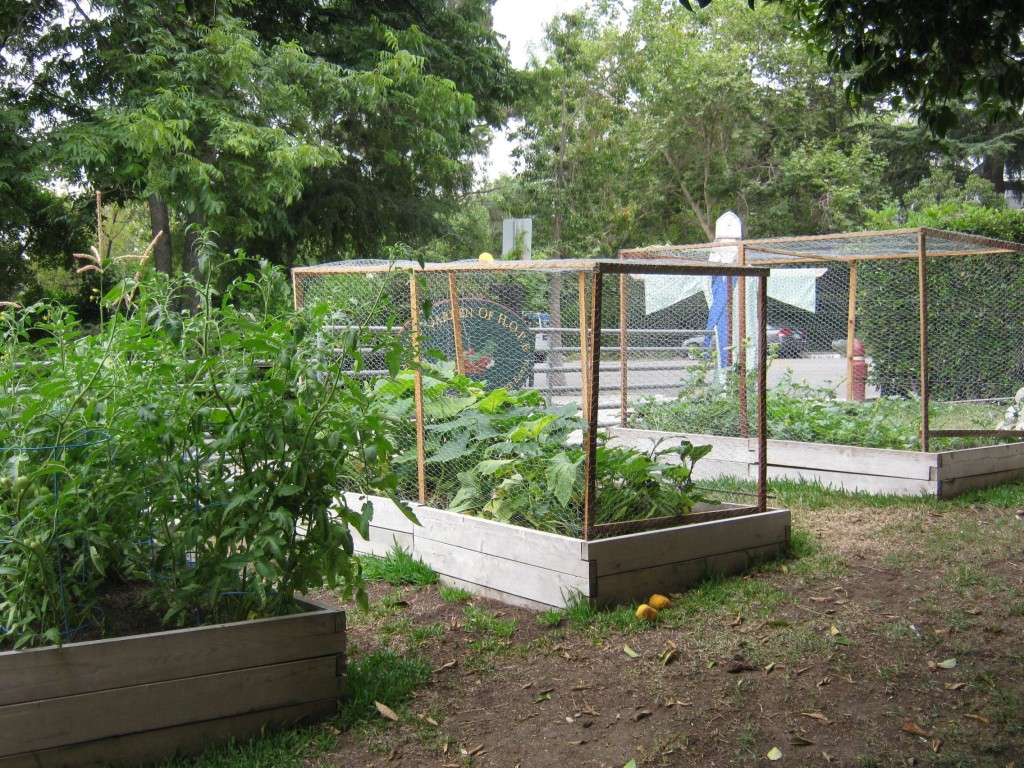
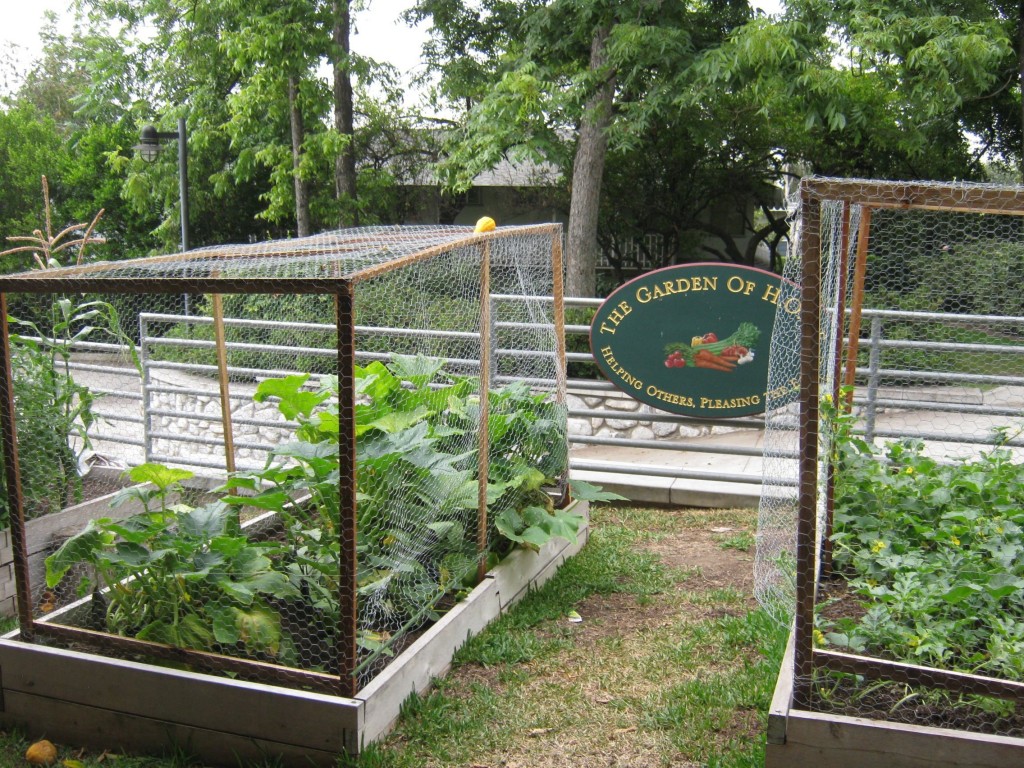
Links: The Gooden School and The Private School Lady


Links: The Gooden School and The Private School Lady

Arriving at Westridge School in Pasadena on a cloudy morning, I was immediately struck by the serene beauty of the school, which sits on a cul-de-sac on a quiet residential street. Westridge is an assemblage of a set of 17 graceful, elegant Craftsman style buildings, interspersed with mid-century modern structures. The 9.5 acre campus is filled with trees and has the feel of a small college campus, appropriately scaled for girls grades 4-12.
Helen Hopper, director of admissions and Monica Menez, the school’s communications director, welcomed me graciously to the office where we talked before setting off on a campus tour. Helen has been with Westridge for 26 years and Monica joined the staff almost 10 years ago. They are both lovely. Helen is the type of administrator I immediately connected with. I trusted her invaluable experience. She’s so friendly and articulate, with knowledge of both the big picture of the school and the tiniest detail. Monica is young and fun, a role model and someone the girls can identify with.
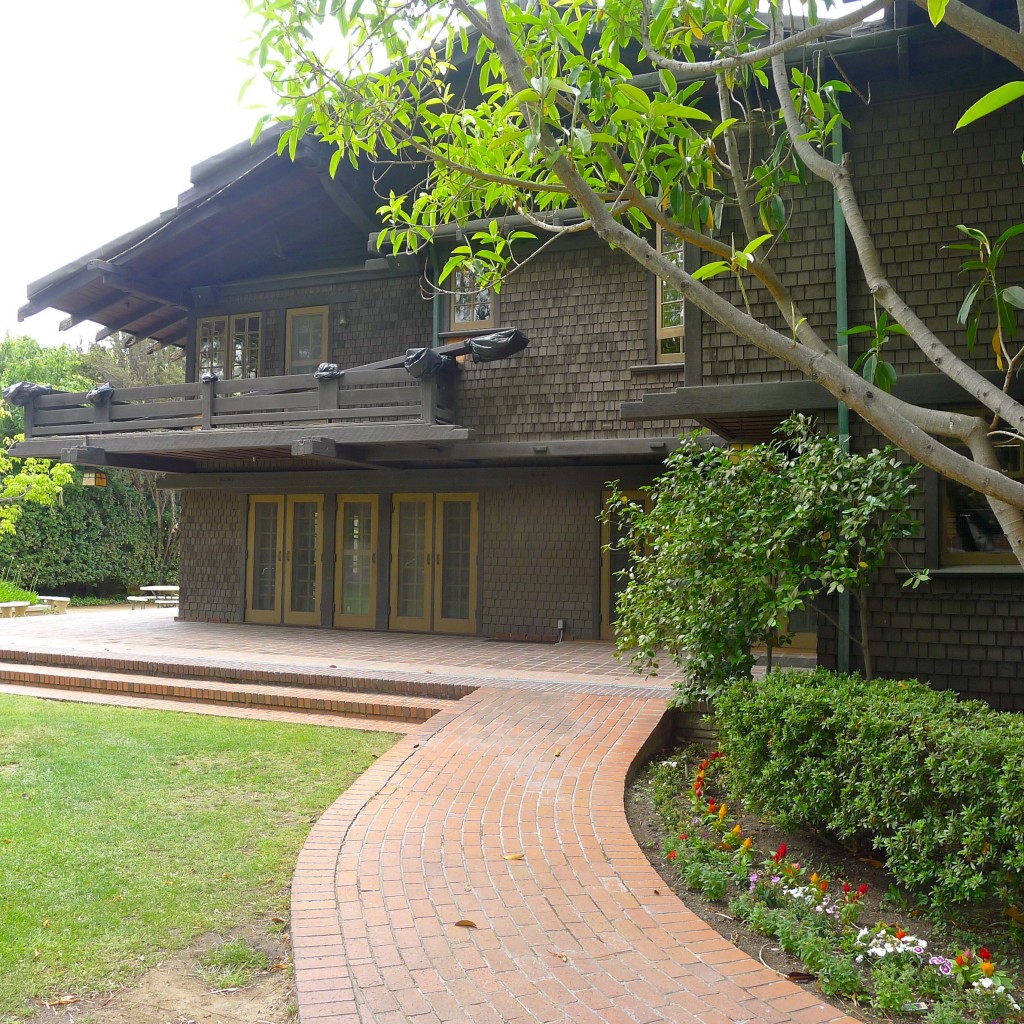
Sitting in Helen’s office, I asked about the overall educational philosophy of the school, which Helen described as a “progressive, college preparatory girls education.” Westridge begins in 4th grade because, as Helen explained, “Research shows that’s the age when girls benefit from a single sex education.” Under the leadership of head of school, Elizabeth McGregor, Westridge will celebrate its Centennial next year, an amazing accomplishment.” Founded in 1913 by Mary Lowther Ranney, a noted architect and teacher who had been denied the right to vote, Ms. Ranney opened the school in her home so that girls would have the right to be fully educated. The school has based its programs on girls’ developmental stages of learning with qualities like confidence and critical thinking demonstrated by girls, for girls, forming the central tenet of the school. The rest is, quite literally, history, as the school enters its second century!

Simply put, Westridge is astounding! The breath of programs and the warmth of the school are impossible to overlook. It boasts some formidable advantages, including very robust, state-of-the-art signature science and arts programs, a college preparatory curriculum, and top-tier faculty, many who have advanced degrees.
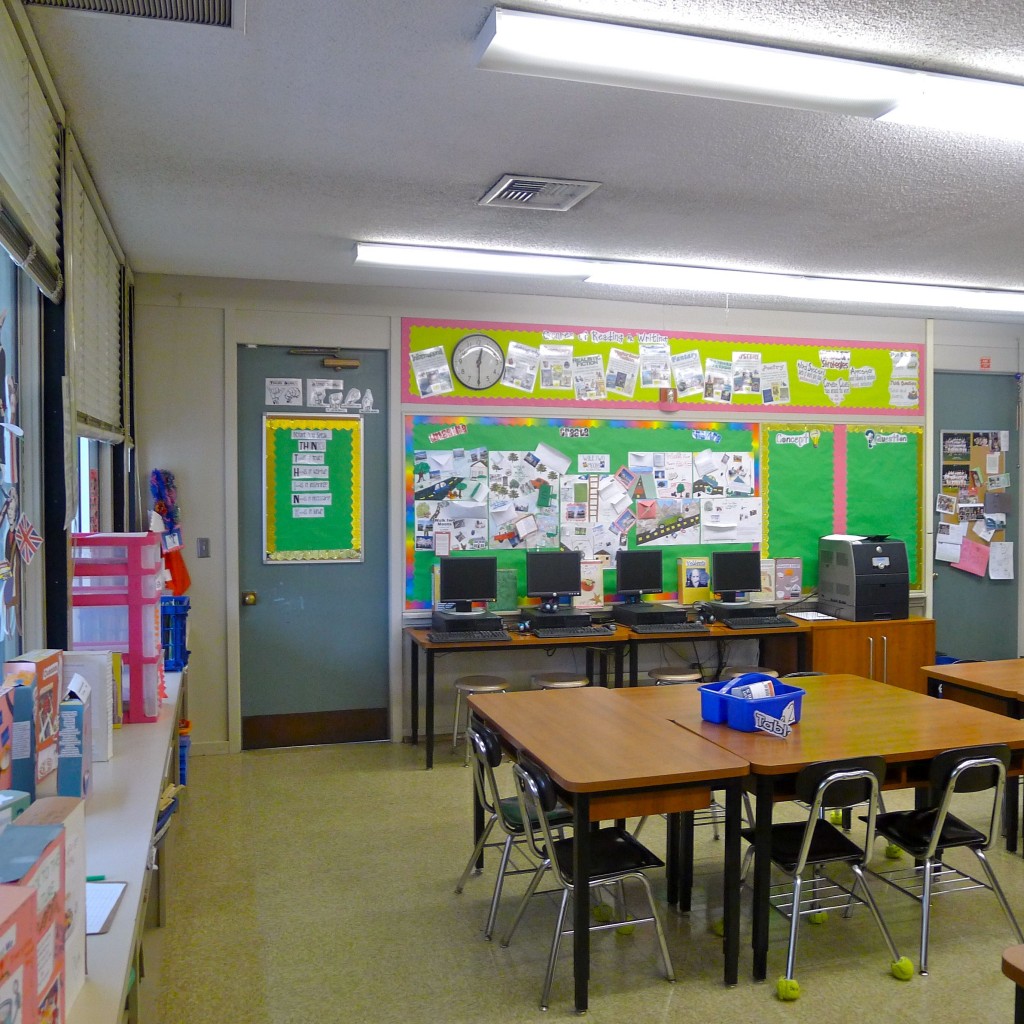
In the Lower School (Grades 4-6), there are about 100 girls. The language arts curriculum is integrated to connect the study units with what the students are leaning in science and other subjects. Math, performing arts and Spanish offer immersion into these subjects with a focus on collaboration, group work and hands on learning. This style of education underscores the school’s progressive approach.
The Sciences Are Front and Center
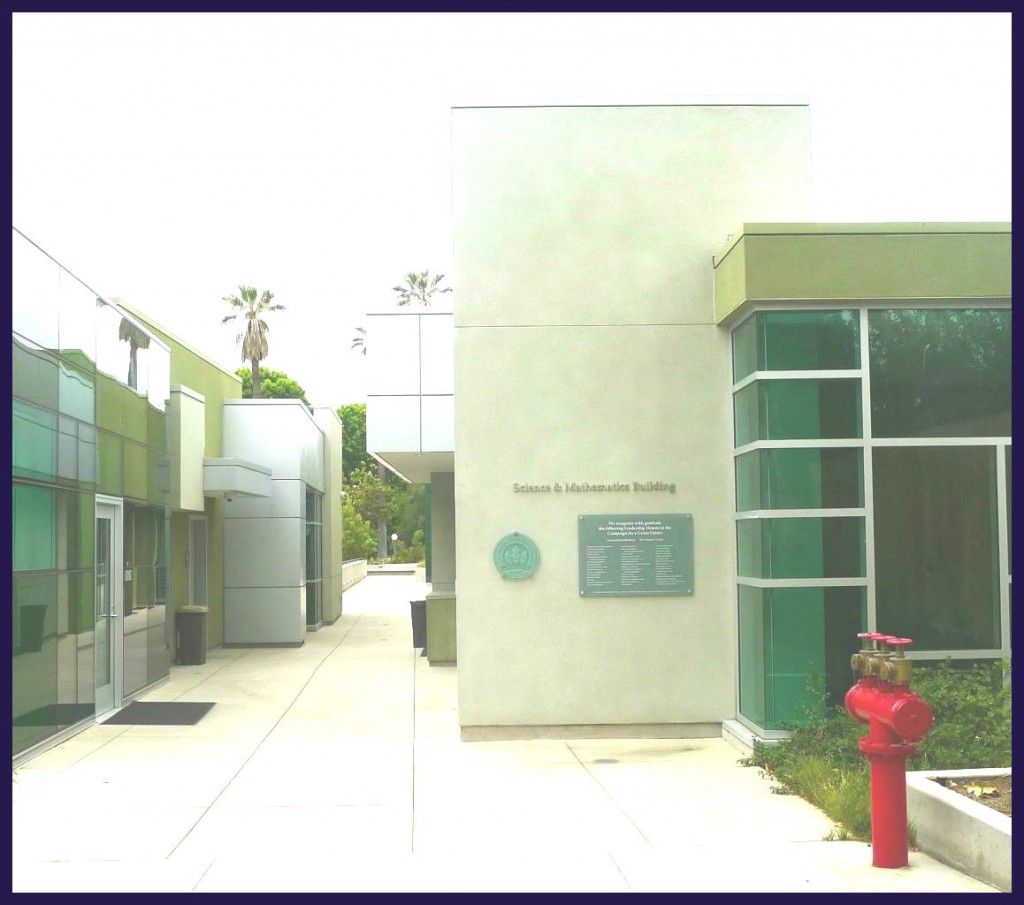
As I walked around the campus, not really wanting to leave the quaint oasis, we entered the incredible new upper school science and math building, a 14,000 square foot, two story space where students “do science, not just study it.” (Westridge School). It is filled with chemistry labs, math classrooms, physics labs, technology and a data center to support the school’s 150 laptops. The eco-friendly quality of the building (it is a Platium LEED-certified project) allows for teaching about green technology and environmental education.

Art With Panache
Equally as impressive as the school’s science programs are its performing arts programs. In the Lower School, choral music in all three grades is emphasized, adding string instruments in 5th and 6th grades. Art, drawing, painting and mixed media are offered in all three grades and ceramics is added for 6th grade. The Performing Arts Center, a 600 seat, state-of-the-art theater is the home for numerous theatrical productions, concerts, dances and more.
As Helen, Monica and I crisscrossed the courtyard to reach the Lower School, Helen stopped to ask a group of girls to chat about the school for a few minutes. Eager to share their Westridge experiences, the girls told me about the ease of making friends, the great teachers and their enthusiasm for coming to school every day. The quiet of the campus is filled with girls’ laughter, a lot of pink and purple backpacks and khaki-skirted uniforms. Helen pointed out that Westridge has human development programs, student council and a full-time nurse and counselor on staff, with courses to help girls navigate the social and health issues of tween/teen years in a safe, non-threatening place. Some of these life skills courses are offered in the after-school enrichment program for grades 4-8 that is included in the tuition. Clearly, Westridge has sharp insight into what girls want and need!
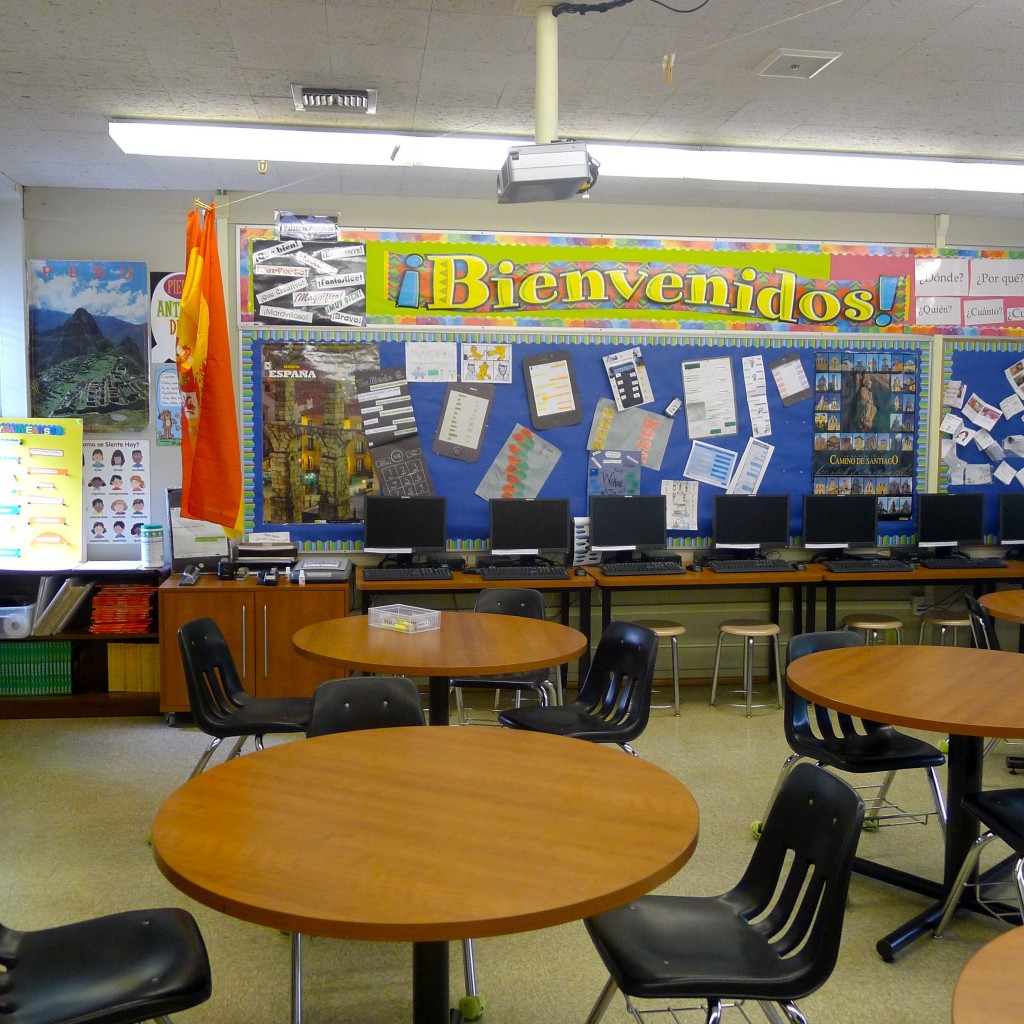
According to Helen, the main entry points for admission are 4th, 6th, 7th and 9th grades. For 6th grade, the school adds between 8-10 students and about 1/3 of the students are admitted for 7th grade (about 20 new students). Incoming students are admitted from both public and private schools. Families from the San Gabriel Valley, Los Feliz, Silverlake, Atwater Village and other areas attend Westridge. The total enrollment, 4-12 grades is 480 students, with an average class size of 14 and a student/faculty ratio of 6:1. Tution for 2012-13 is $25,550 for grades 4-6. Financial aid is an important part of the school’s mission, with approximately 1/3 of the current students receiving some financial aid. Awards range from a few hundred dollars to full tuition. Tours are ongoing by request.
College matriculation
Westridge is proud that in the past six years, it has produced 22 National Merit Scholarship finalists. The Class of 2012 gained admission to Brown, U.C. campuses, University of Chicago, Claremont McKenna College, Johns Hopkins, USC, Stanford, MIT and many more.
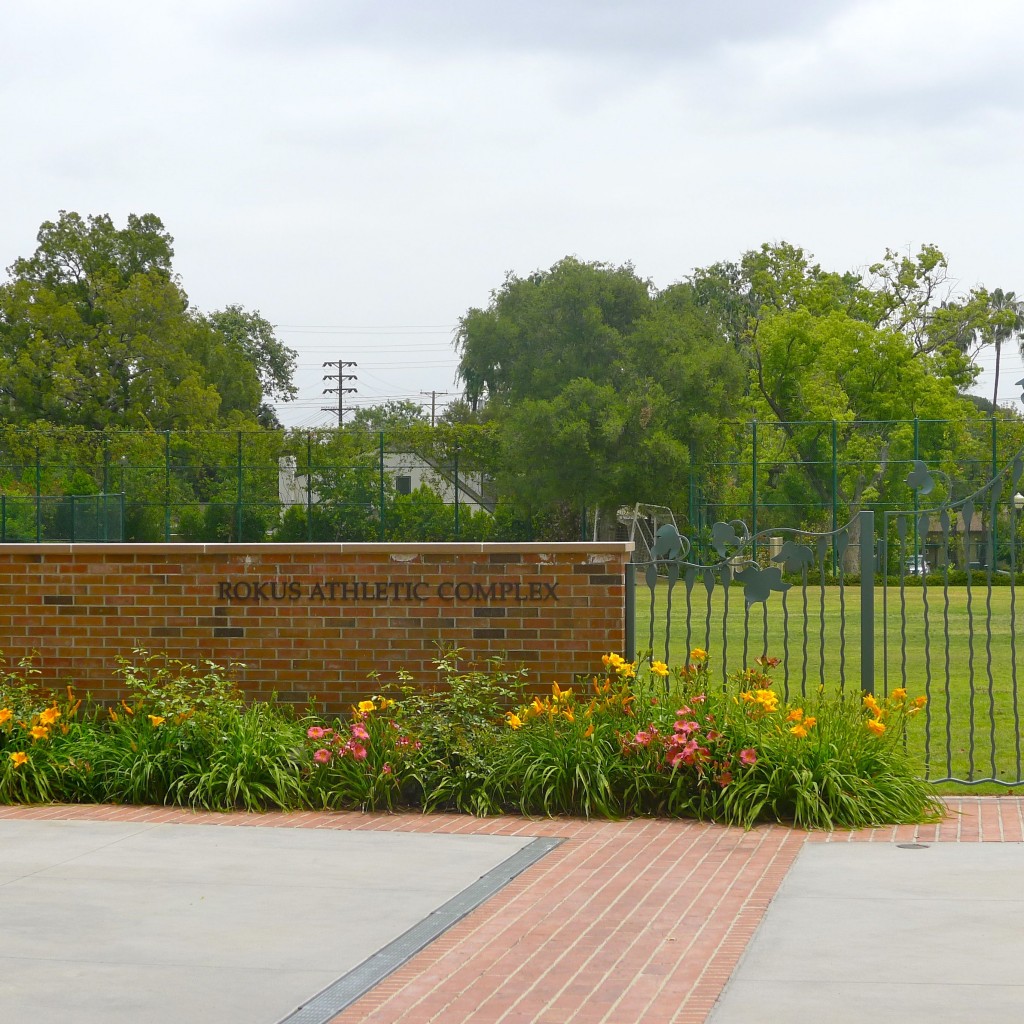
Westridge School’s past has informed its present in a remarkable way. It’s impossible to miss the impact and contributions of the school’s founder and its alumna over the years. Yet, Westridge has embraced state-of-the-art science, art and technology in a truly modern way.
Westridge School is the belle of the ball…and of the world!
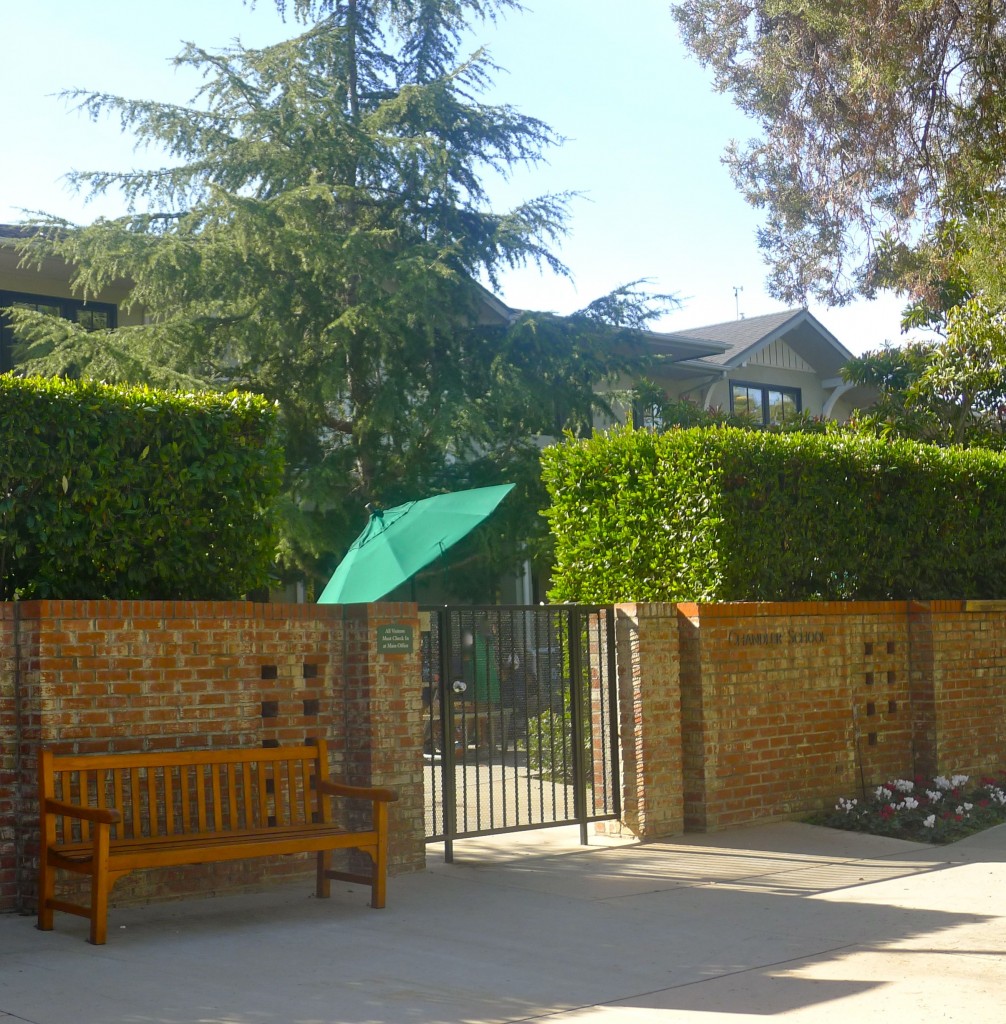
Last year I was invited to attend a book signing at Chandler, organized by a friend who is a parent at the school. Connie Rice, the author of Power Concedes Nothing, was the eloquent and fascinating featured speaker. It was my first time at Chandler and the beauty of the campus awed me.

When the school invited me to tour and write about it, I happily accepted. John Finch, Chandler’s head of school, presides over one of Pasadena’s most in-demand institutions. The word that comes to mind when I think of Chandler is refined. John was friendly and generous with his time as he ushered me into his office to talk about the school. John garners praise from Chandler parents who applaud his excellent oratory skills, his years of educational experience and his ability to handle any situation that arises with diplomacy and fairness. Even after eight years at Chandler, John (or Mr. Finch as the kids call him) wears a coat and tie every day. A quintessential British headmaster, he greets the children every morning with a handshake, remembering all their names.
“Chandler’s curriculum is purposeful,” says John, as I ask him about what makes this K-8 school so impressive. “We want kids to think critically and work with their classmates to solve authentic problems,” he continued.
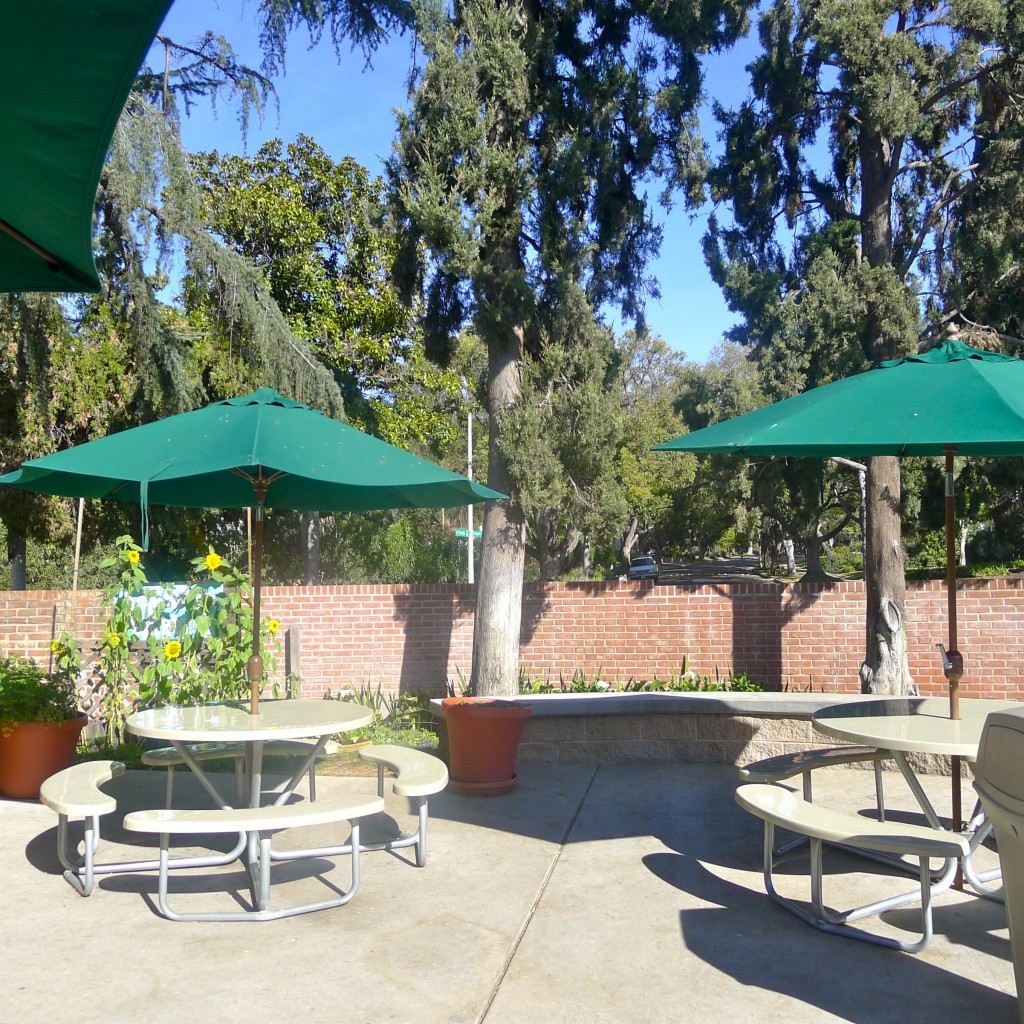
A champion of academic excellence, Chandler is a traditional school. It is located in several large craftsman-inspired buildings. Its woodsy aesthetic is carefully cultivated to blend with its ideal location, a tree-lined residential street.

With its sprawling outdoor campus, minutes from the heart of Old Town Pasadena. Chandler has distinguished itself as an academic powerhouse. Chandler’s is a traditional paradigm, with a laser focus on academic excellence and strong moral character. Many of the parents at Chandler are professionals such as doctors, lawyers, teachers, executives, and faculty at Cal Tech. Legacy families return with their kids, recalling their own wonderful experience at the school.
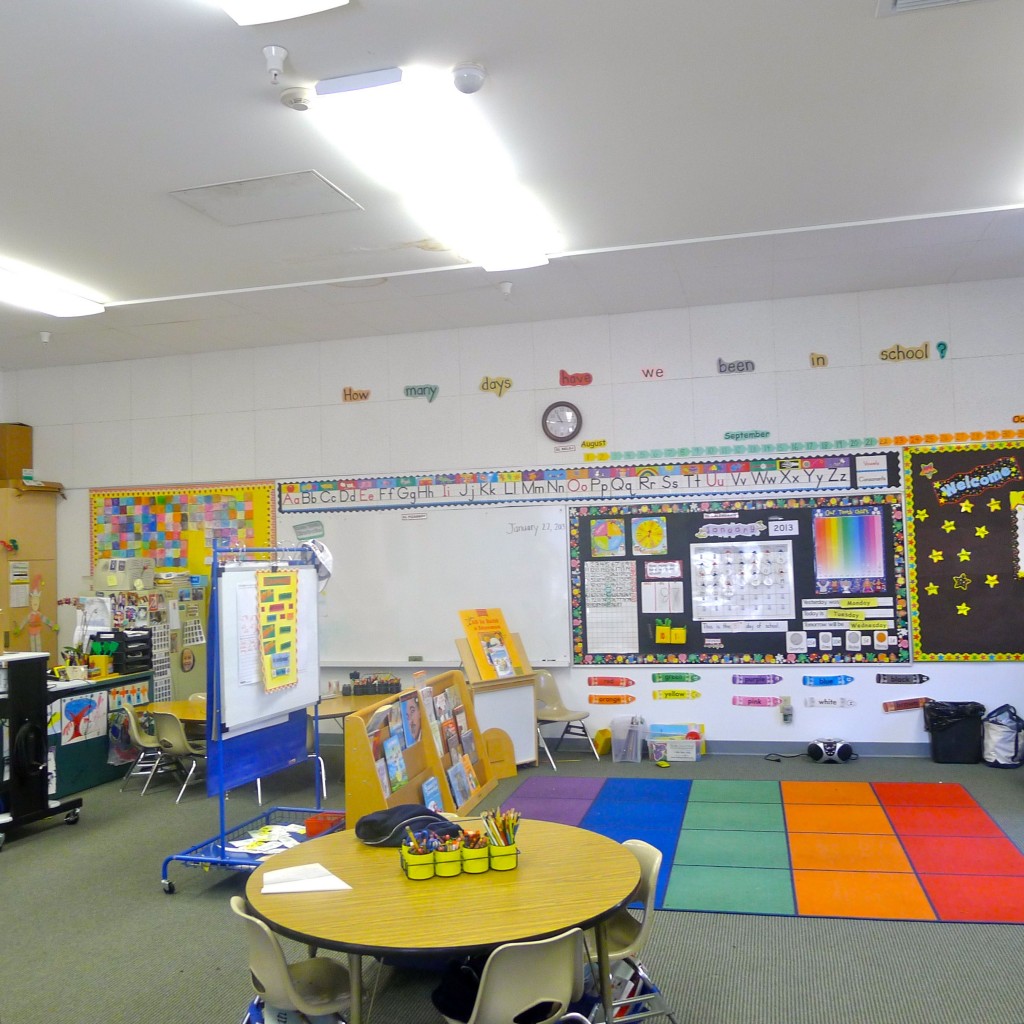
Gretchen Lurie, the admissions director took me on a campus tour. Gretchen is extremely knowledgeable about all things Chandler. She’s energetic and friendly, a mom of two-college age kids. Walking in and out of classrooms, Gretchen discussed the school’s multi-faceted programs. It bears repeating: Chandler’s is an academically rigorous program. Just as important, however, as subject matter learning is organization, which is emphasized by the school. Starting in kindergarten, kids learn how to study. There is about 10-15 minutes of homework per night for kindergarten. This increases by grade so that by 6th grade there is approximately 2 hours of homework per night. Each class has a teacher and an assistant. There are specialists for art, Spanish, science, library and music. Competitive team sports begin in 7th grade.

Chandler uses differential instruction to create learning groups for math and reading. There is fluidity between groups, meaning kids can move into different groups during the year. There are also pullout groups run by resources specialists for gifted or advanced kids and for those who need a bit more help.
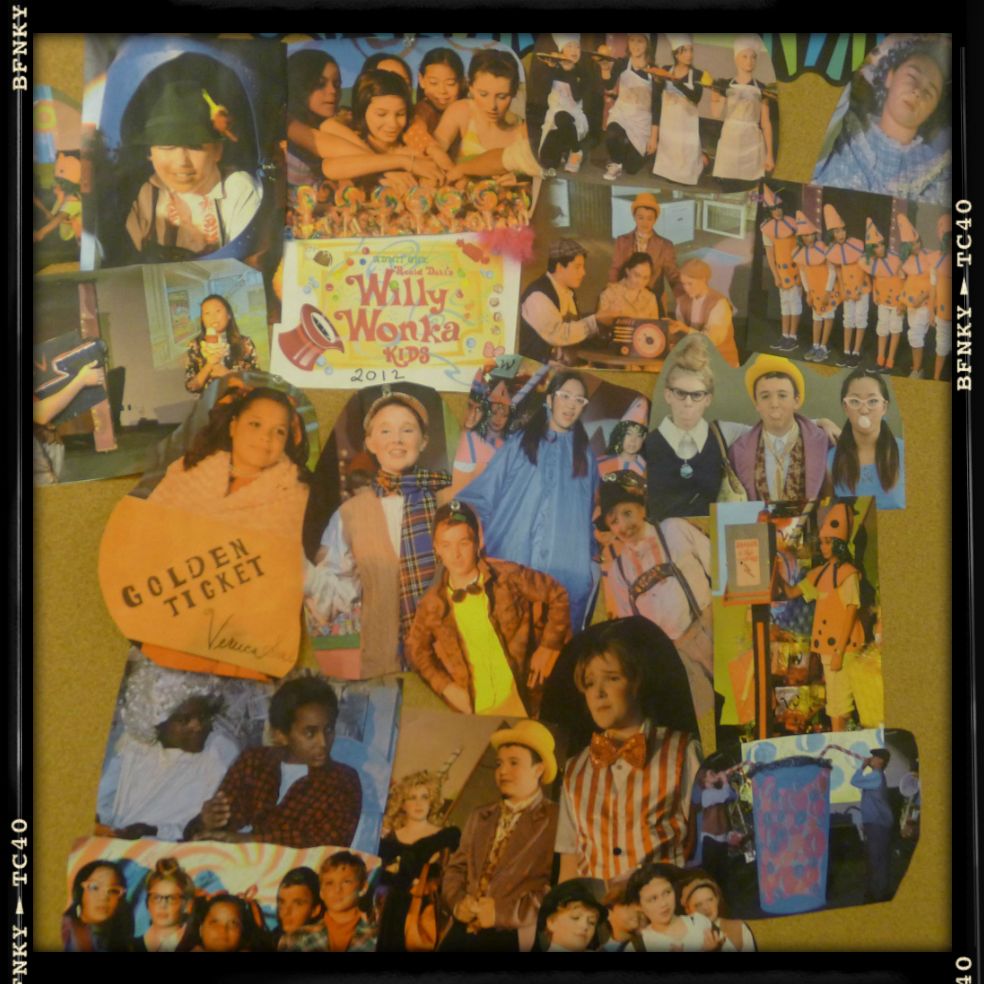
The school uses a 1:1 laptop program in the Middle School. For K-2nd grades, there are iPads and laptops are introduced for grades 3-5. All technology is well integrated into the curriculum the students are learning. Chad is the school’s technology specialists who works in the Library, teaching Internet skills and other aspects of the use and application of technology.
Gretchen was very straightforward about Chandler’s admissions process, telling me that the school’s wait-list does open up and sometimes a family can be offered a spot as early as March or as late as August. It is a “very active” wait-list, she said. There are approximately 40 openings for kindergarten. There are two classes of about 20 kids per grade for Kindergarten. Chandler seeks “bright, motivated and well-rounded students who can benefit from a strong academic program…” (Source: Chandler School). Gretchen also let me know that for 2012-13, there were about 100 fewer 5 year-old students who took the Integrated Learning Solutions (ILS) readiness exam than in previous years. It may be a good year to apply!
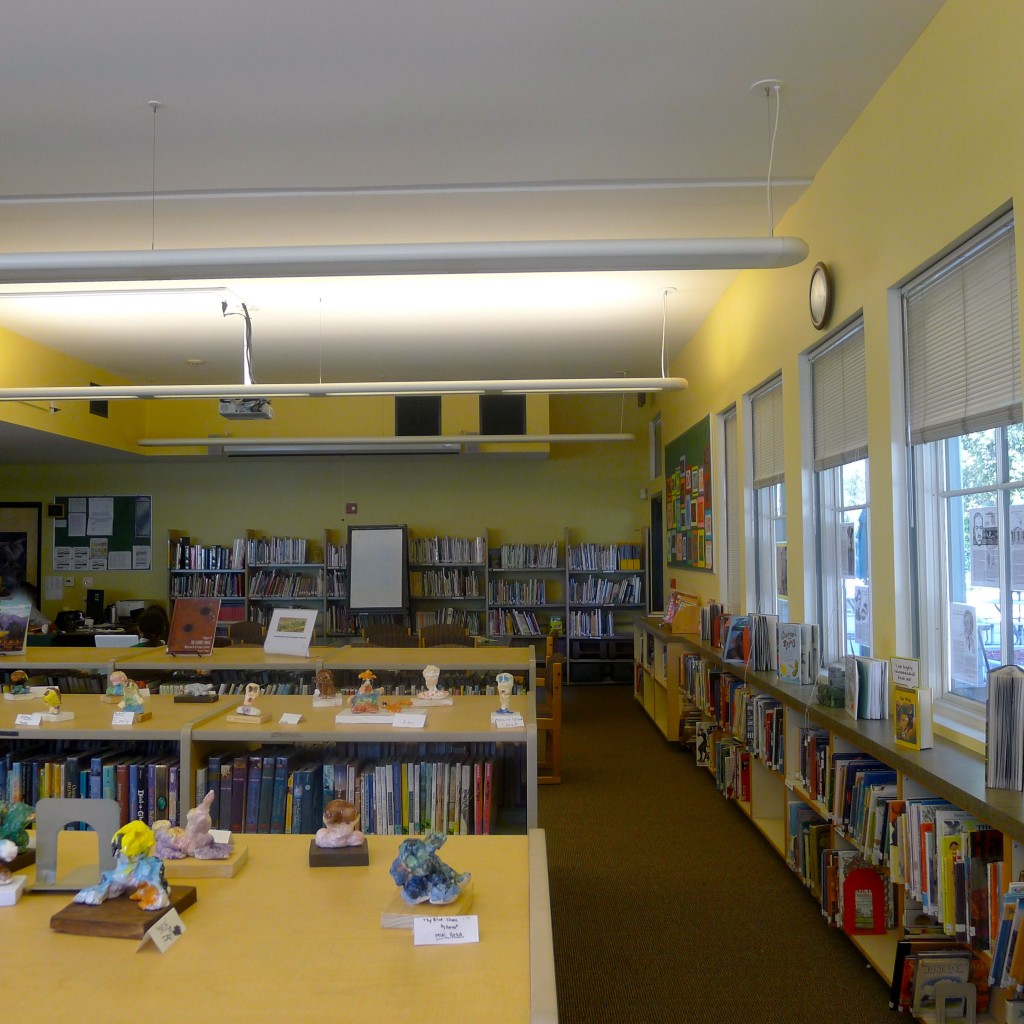

The STEAM Program
Martin Voss, in charge of communications for the school, showed me several of Chandler’s facilities and provided me information about an exciting new program. STEAM is science, technology, engineering, art and math. It’s a very new development at Chandler, a project-based curriculum organized by grade. Each grade level in the school will be executing a project based on a theme.
STEAM will celebrate the end of the 2013 school year with STEAM week, where students and faculty show their work.
One of the first STEAM projects is one where Eighth-graders designed miniature golf courses in the classrooms based on some historical or geographical element. Students worked on these in their advisory groups. Within those groups, each student had a specific role, be it historian or brochure maker, accountant, architect, fabricator and more. Brochures were made in English and Spanish. The students updated their work on a Wiki page to detail the theme of the golf holes and all of their research with documentation. The students are enthused by STEAM and their ability to create and innovate.
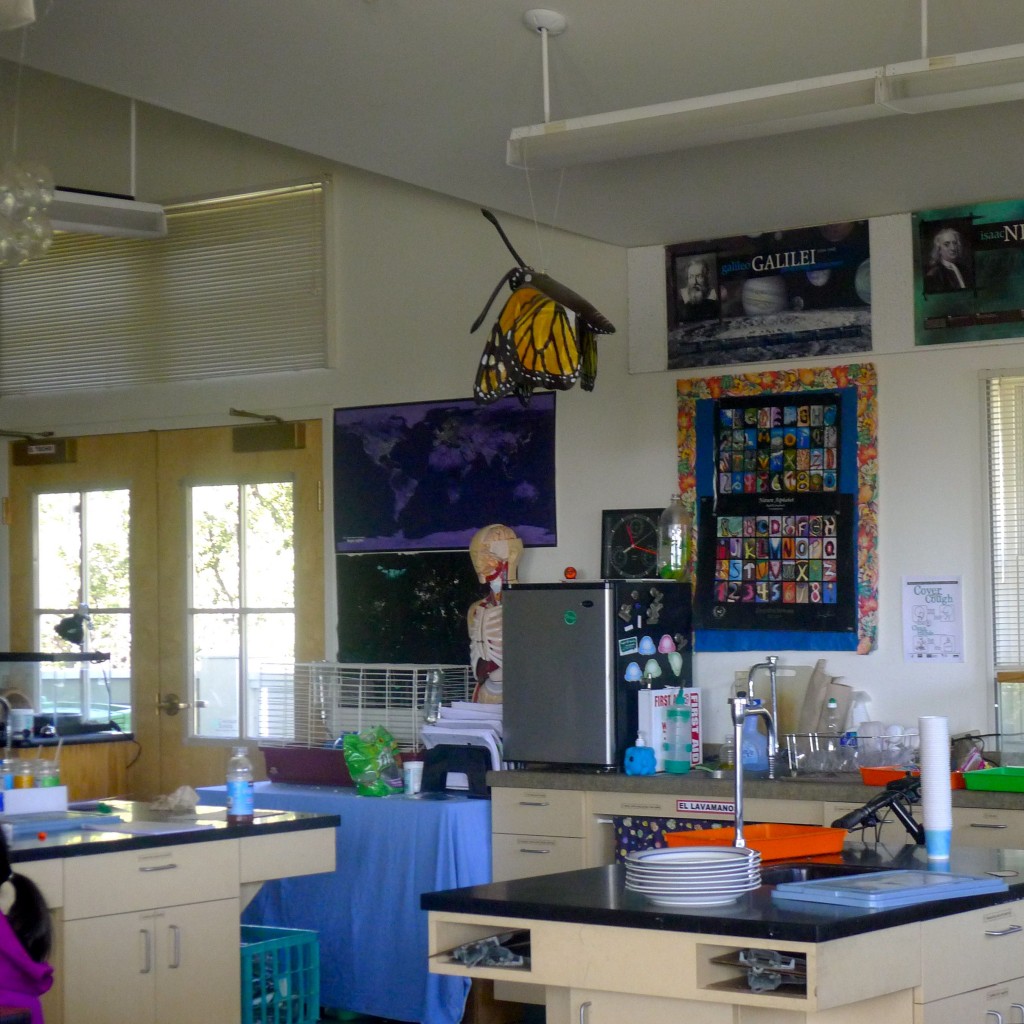
Chandler is committed to finding the best resources in its community—and on its own campus! First grade teacher, Christine Barry, was awarded the U.S. Presidential Scholars Program’s Teacher Recognition award 2010-11. The fifth grade class took a visual calculus course with Caltech astrophysicist Dr. Mamikon Mnatsakanian, or just “Mamikon” to the students. Alumnus Ben Samuels, ’05, was elected president of the Harvard Crimson, joining Max Child, ’02, as the second Chandler to helm the Crimson in the last four years. (Source: Chandler School).
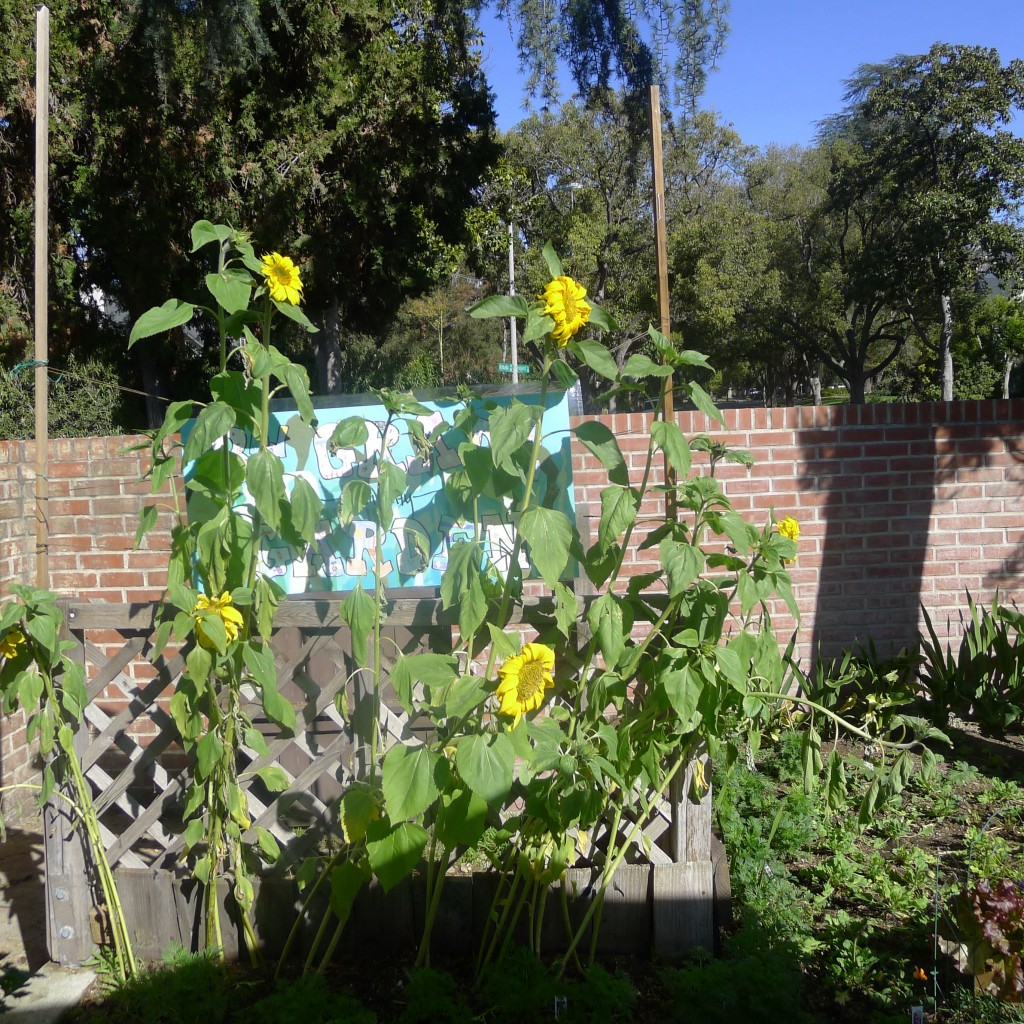
Chandler is a warm, nurturing school infused with a very traditional approach to education which includes many of the hallmarks of a traditional school including uniforms and addressing teachers by their surnames. It is committed to providing its students with an excellent academic education that prepares them for professional and personal success. A key part of a Chandler education is the promotion of the values of good citizenship.

Visiting Chandler was a true delight! It is a venerable institution, where a love of learning shines bright among students and staff. Respected for its esteemed academics, it is a contemplative, energetic and beautiful place for kids to accept academic challenges, as well as to learn how to challenge themselves as they grow.

Chandler students go on to 9th grade at a variety of schools, including Polytechnic, Flintridge Preparatory, Mayfield, Harvard-Westlake, St. Francis, Loyola and others.
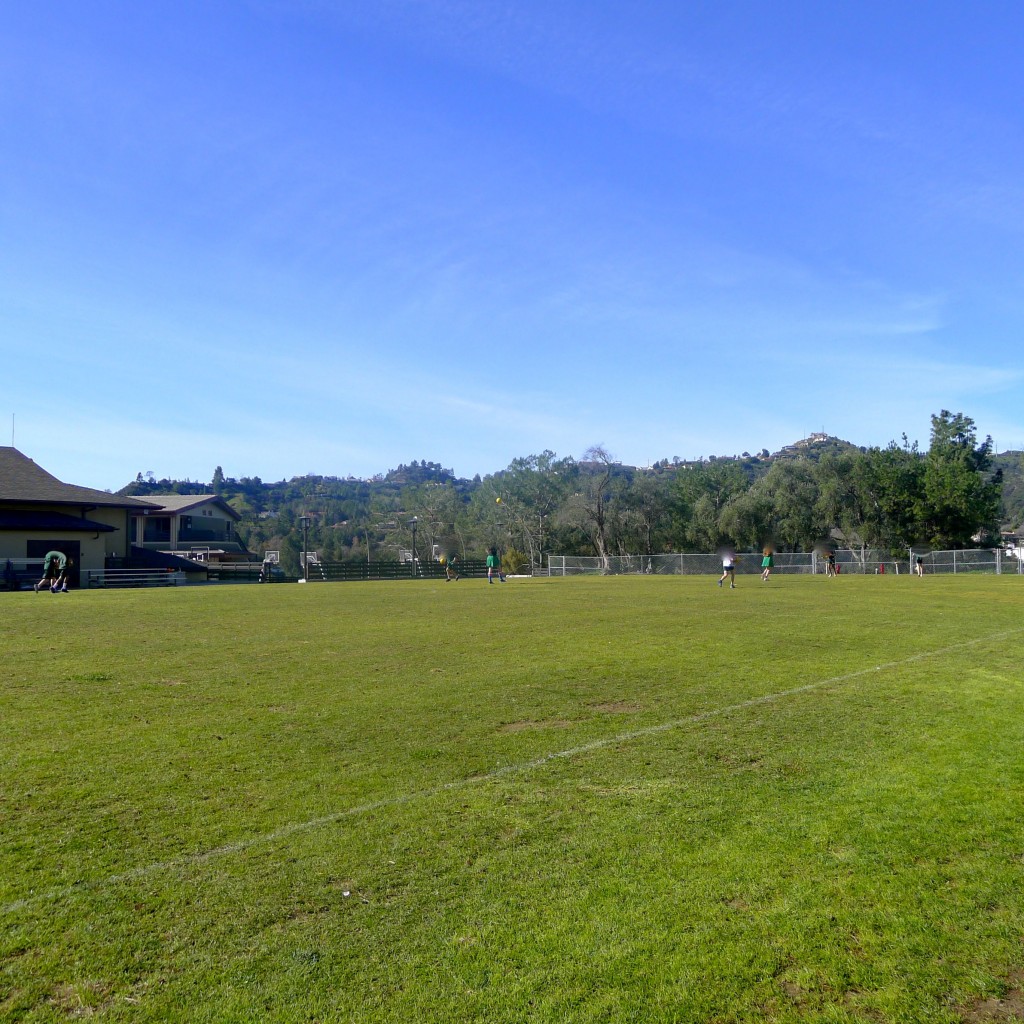
For more information, visit, www.chandlerschool.org
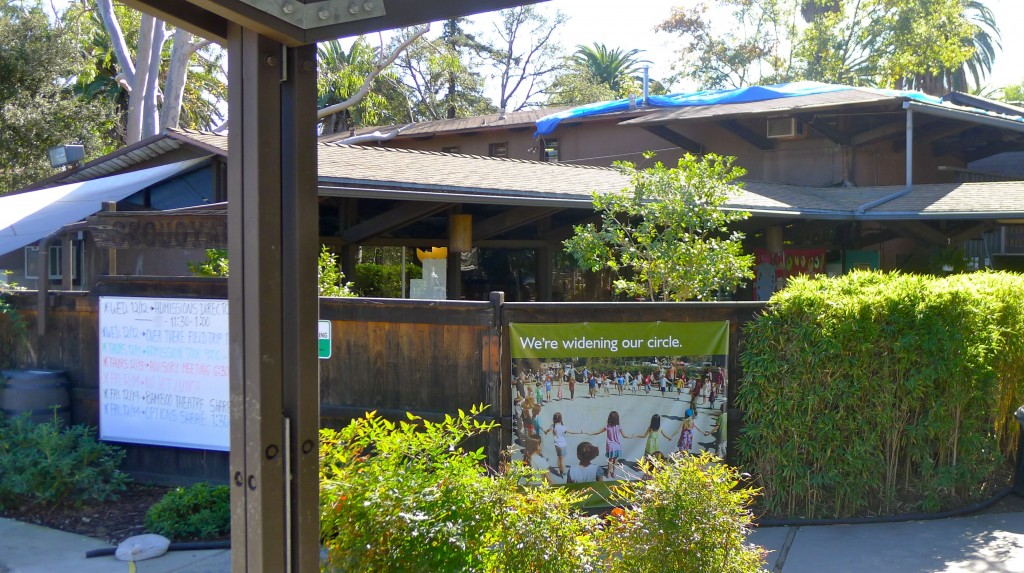
* July 8, 2015 update: Exciting News! Sequoyah School will add a high school Fall 2016. Click here for more information.
The minute I walked into Sequoyah School in Pasadena the I-Wish-I-Had-Gone-Here-As-A-Kid feeling swept over me. Because the school was founded 54 years ago, some very lucky people did attend Sequoyah, including its director, Josh Brody and Azizi Williams, the assistant admissions director.
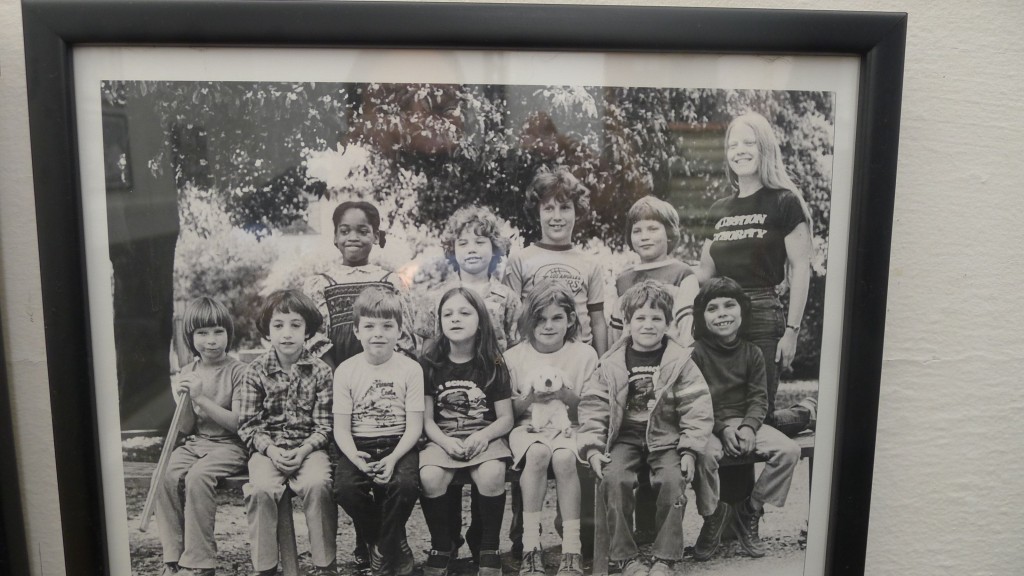
Arriving at the school on a recent morning, Azizi introduced me to Josh, who stepped out of his office to chat about the school for a few minutes. He’s very proud of Sequoyah, both its history and the evolution it’s taken over the years to become one of the most highly coveted progressive schools in the San Gabriel Valley. Josh is genuinely nice and welcoming, with a sense of humor and relaxed personality that kids can relate to. He’s been profiled in The LA Weekly, traveled to Nepal on a Harvard Fellowship, recorded a top-selling album in Nepal and posed for Sequoyah parent and sculptor, Chris Slatoff, for a rendition of Jesus and Joseph for the Cathedral of Our Lady of the Angels downtown. Let’s face it. He’s one cool, smart dude who just happens to run one of the most impressive schools in town!
Sequoyah is an educational triumph, staying true to its roots while creating a forward-thinking school with a clear, multi-faceted vision. As Azizi explained, what kids need now governs the school, while always keeping in mind the original mission statement. The Native American influence is present in the name “Sequoyah” which comes from an 18th century Cherokee silversmith who invented a set of symbols used for writing words.
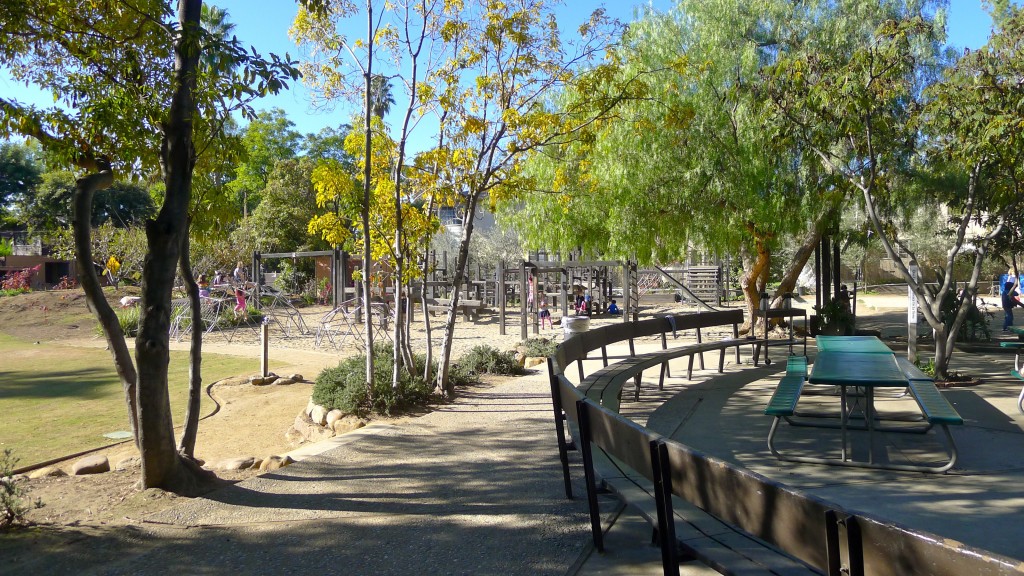
An urban campus with rustic buildings punctuated by green spaces and located on two acres in the heart of Pasadena, Sequoyah is a K-8 school that puts its own stamp on progressive education. Mixed age classes, a second year experience where kids remain with the same teacher at least twice (student can have the same teacher for K and 1), an integrated curriculum and a focus on descriptive, narrative reports rather than grades (percentages are given starting in 3rd-4th grades), are just some of the elements which define it.

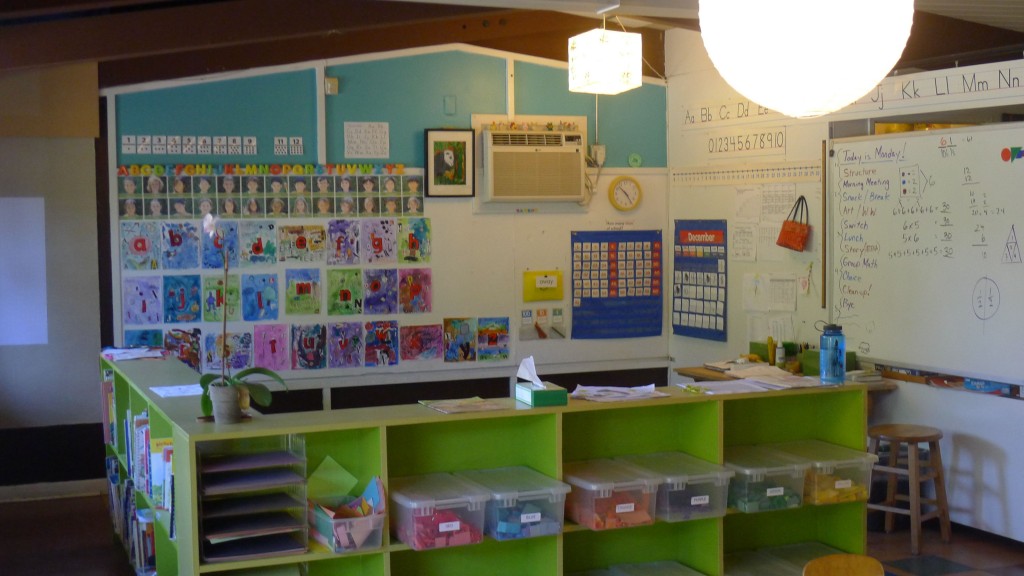

Creativity, building authentic community and hands-on learning are key to the school’s signature programs. Notably, teachers, parents and students created a set of guiding principles to inform the teaching and learning that happens at Sequoyah. It’s called Habits of Mind and includes seven customs: Perspective, Inquiry, Communication, Collaboration, Application, Stewardship and Ownership. Each concept offers a short description. For example, Perspective is “to seek, honor and reflect on multiple viewpoints in order to broaden understanding and solve problems.”

Azizi is one of the most down-to-earth, likable admissions staff members I’ve met. She’s the mom of two Sequoyah daughters and a graduate of the school. so she knows it inside and out. I appreciated her deep, detailed knowledge, along with her incredibly friendly, low-key demeanor. Azizi told me that while admission to Sequoyah is very competitive and the school has a high acceptance rate, they do admit families from the very large wait-list almost every year.
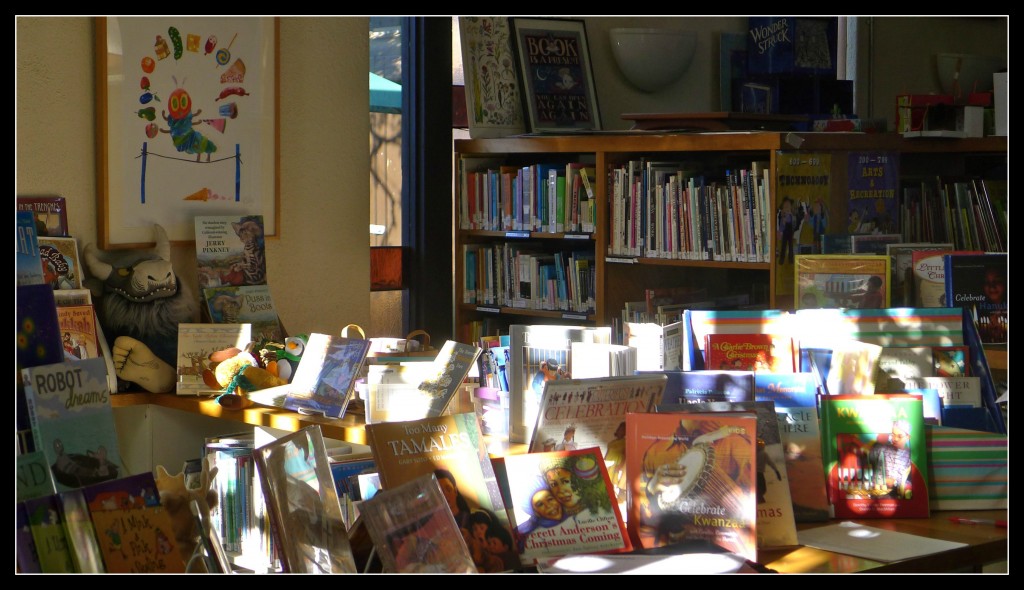
Azizi said more than 50 percent of the students are ethnically and socio-economically diverse, with about 40 percent of the student body receiving financial aid (this is very impressive!). The school has a strong commitment to a diversity that reflects its community and backs this up with its robust financial aid program.
What better way to learn than through real-world experience? At Sequoyah, the Field Studies program, which expands the classroom to include the surrounding community and natural world, is a beloved and renowned aspect of the kids’ education at all grade levels. Beginning in kindergarten, students begin studying the desert a month before embarking on a camping trip Anza-Borrego Desert State Park near San Diego. Along with their parents and staff, kindergartners learn how to take care of each other and the environment by setting up tents, helping cook meals and exploring the geology and indigenous aspects of the area. Each year, students at every grade level venture to various locations including, El Capitan, Morro Bay, Big Sir, Yosemite and beyond. This standout program gives kids a change to travel outside their everyday environment to encounter new and rewarding learning experiences.
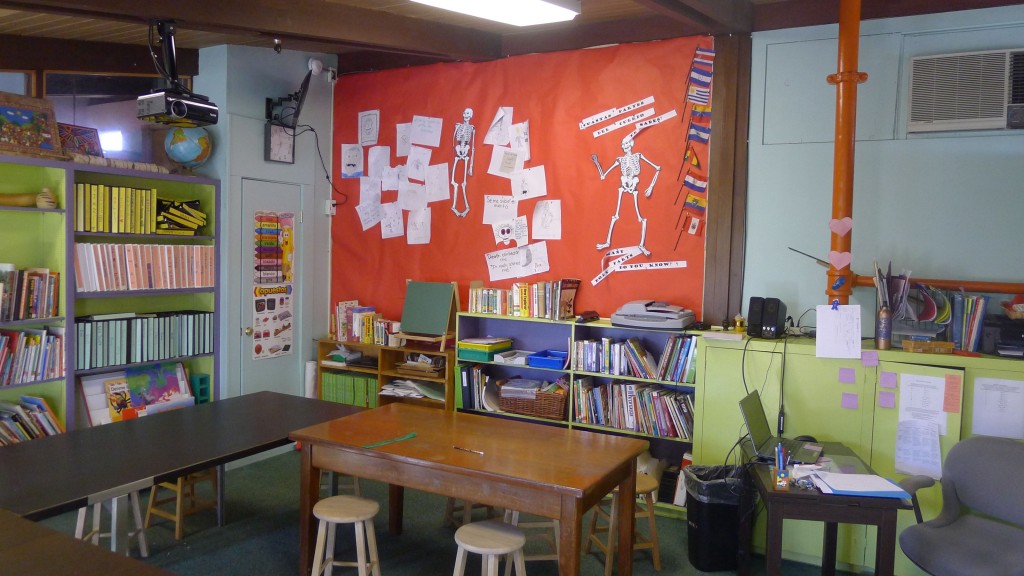
One of the most comprehensive, useful materials for parents is the Curriculum Map, a descriptive, detailed guide to understanding what will be taught at each grade level, the skills and concepts learned, as well as essential questions that will be raised in class and discussed throughout each study area. Subject areas like Spanish, visual arts, theater and music are included. And, how kids are assessed is also part of the Curriculum Map. This is an extremely helpful way to understanding both what will be taught and how each subject will be approached.
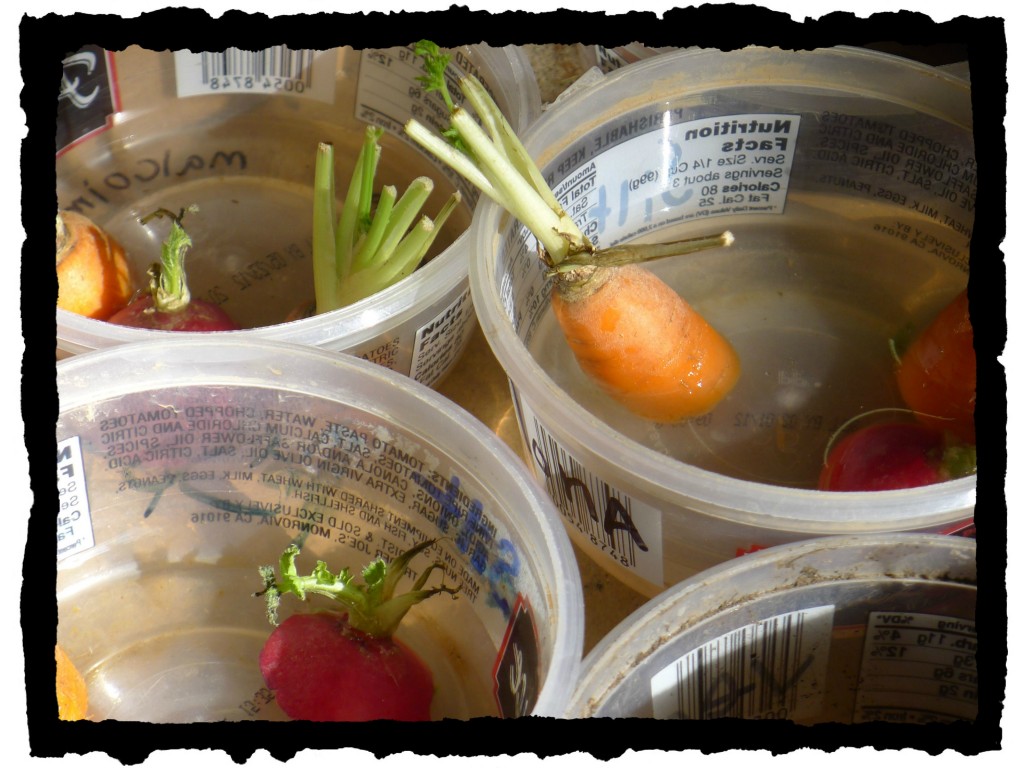
Heralding several new additions to the campus, Sequoyah will soon be expanding, with the addition of a new multi-purpose and performing arts building, a new art and science building and new 5th-8th grade classrooms, all opening in Fall 2013.
Preparing students for high school is very important at Sequoyah. The school offers extensive ISEE (Independent School Entrance Exam) prep through test taking skills, a weekly seminar where 8th graders visit high schools, have a mock interview and receive support for their personal essays. Sequoyah students have been accepted to Flintridge-Prepartory, Harvard-Westlake, Loyola High, Marlborough, Mayfield Senior School, Oakwood School, Polytechnic, The Waverly School and many other top schools in recent years.
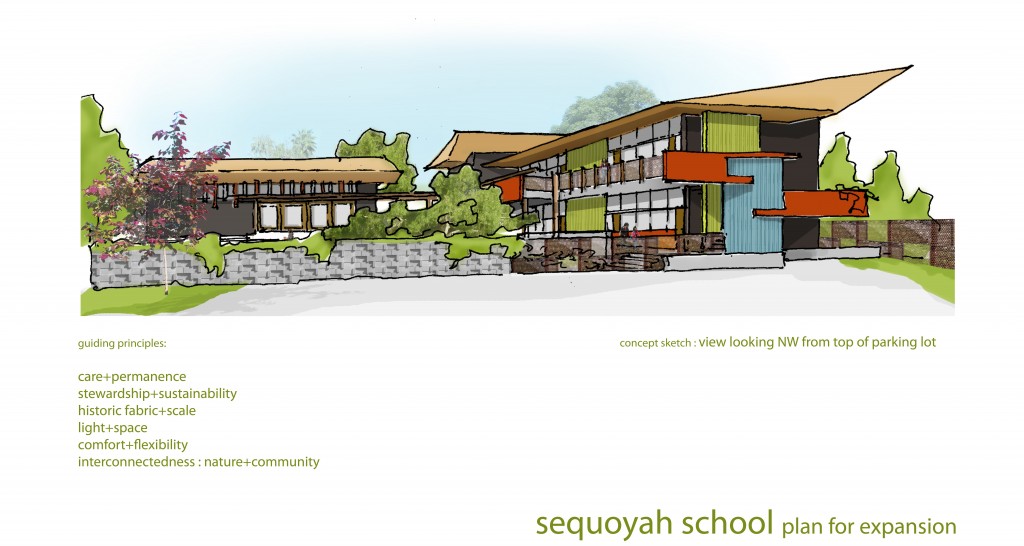
Being at Sequoyah is like dreaming a dream about a fabulous place to learn. Only its not a dream. It really exists. Sequoyah is an intellectually stimulating, nurturing and open-minded, a school where social justice is an important as learning the ABCs. I can promise you, this school will catch your attention and hold it. If your family visits Sequoyah, it will stay in your memory…and your child’s too!
For more information, visit, www.sequoyahschool.org

A few weeks ago, I attended one of Waverly School’s parent tours. Waverly is an amazing school. Small and progressive, it is a Young Kindergarten (YK)-12th grade, located on three separate campuses that adjoin each other. If you’re an urbanite looking for a small, spectacular school with an organic garden called “The Farm”, this might be the place for your family!
The morning of the tour, I joined about 40 prospective parents to see the elementary school, which is located on a small, quiet street. Waverly is immediately warm and welcoming. Its not an intimidating place for kids or grown ups. It’s an extremely nurturing school brimming with ideas and energy, a true creative hub of learning.
The tour began with remarks from Heidi Johnson, Waverly’s head of school. Heidi’s 15 years leading Waverly are readily apparent in her confident and straightforward approach. She led with a discussion of the school’s progressive philosophy, its teaching and learning styles, as well as its mission. Heidi is a mom of grown kids, who is soft-spoken and friendly. Her relaxed, informal style reflects that of the school. Yet there is a very focused and persuasive aspect to Heidi’s tone that underscores the school’s deep and committed focus on learning to prepare students for our multi-faceted and complex world.
Heidi explained that Waverly is a progressive school with a developmental approach. This philosophy is rooted in the belief that kids develop at different rates but they all hit the key milestones just not at exactly the same time. At Waverly this is expected. As a result, teachers are constantly assessing each kid within the classroom to make sure he/she is being challenged and supported. Instruction takes place for a portion of the day in small groups based on levels i.e. reading created by the teachers. These groups are flexible and fluid throughout the year. Recognizing every child’s individual pace of development is what is most important to his/her success in the classroom, Heidi pointed out. Pushing a child too rapidly or holding them back from moving forward both create their own set of problems and the goal at Waverly is to find the right mix.
Admissions Director, Jennifer Dakan, showed us the school, its classrooms and outdoor spaces. Jennifer is a former teacher and mom of three Waverly students so she knows the school from both the parent and administrator perspective. Jennifer is outgoing, friendly and very honest about admissions. She communicates information parents will be able to use during the admissions process.

The school has 173 students in the Elementary School, with one grade and two teachers per class (a 12:1 student/teacher ratio). There are 24 students per grade, which can be split into two classes depending on the year and the particular mix of students. For example, in past years, the class has been divided into two classes to accommodate twins. While kindergarten is not a mixed age class, there are multi-age classes for 1st/2nd grades and up.

At Waverly hands on learning through direct experience is a big part of the curriculum and it is rooted in the school’s progressive foundation. Kids are actively engaged in the learning process, bringing experiences from their real-lives and from the classroom too. Students are debating, discussing, building, questioning during class. This helps kids learn and retain at a deep level, says Heidi. This is active, not passive learning, based largely on the teachings of educator John Dewey. There is a belief that learning should be content based, not solely focused on skill acquisition.
Waverly’s curriculum is integrated between subjects, with a strong thematic approach to many subjects. What students are learning in math might be connected to their studies in science, art, music and/or dance. Creating these connections between subjects allows students to understand how events and ideas are related, giving more than a superficial, stand alone way of learning, the school believes. Waverly has formulated its own blend of teaching tools. The school incorporates the popular Everyday Math program, but pursues its own course of action when it comes to embracing trends like technology in the classroom. You won’t find technology in the elementary classes because learning through direct experience is preferred until secondary school.
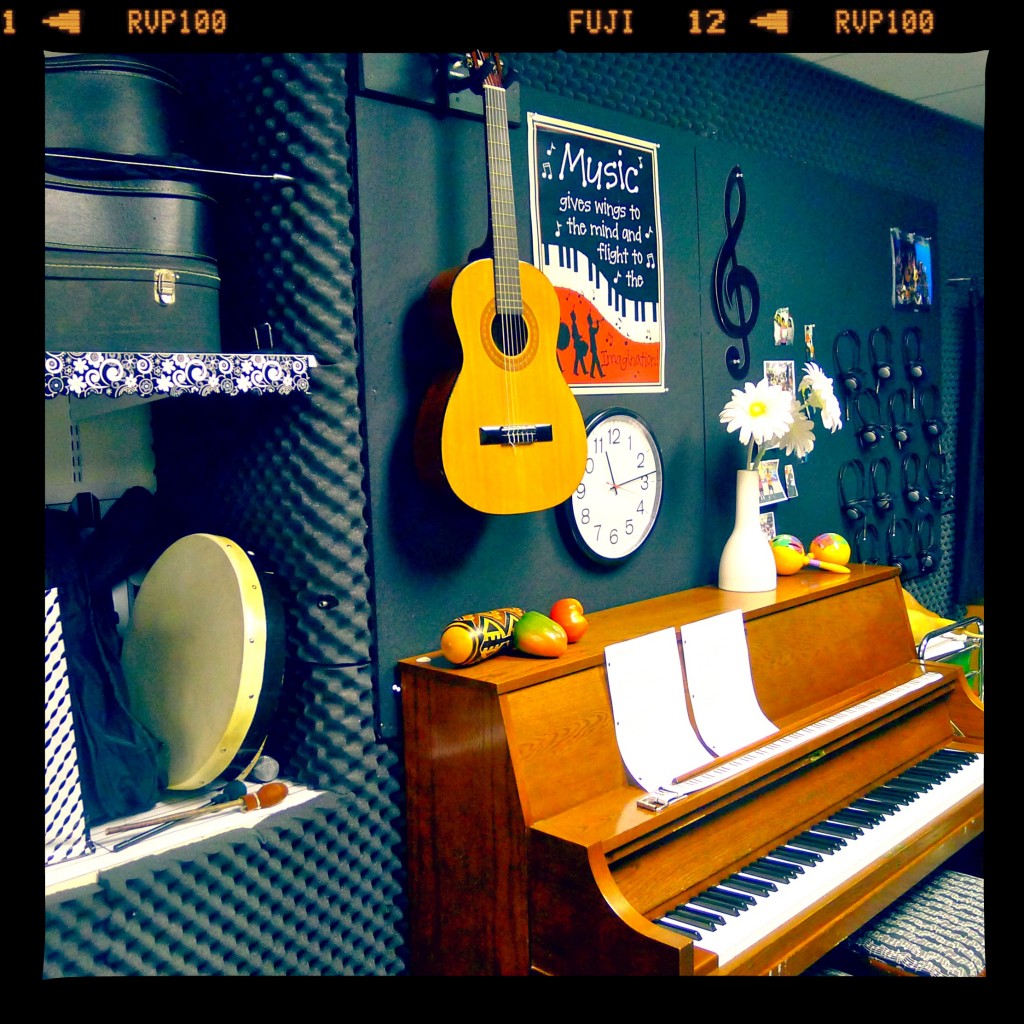
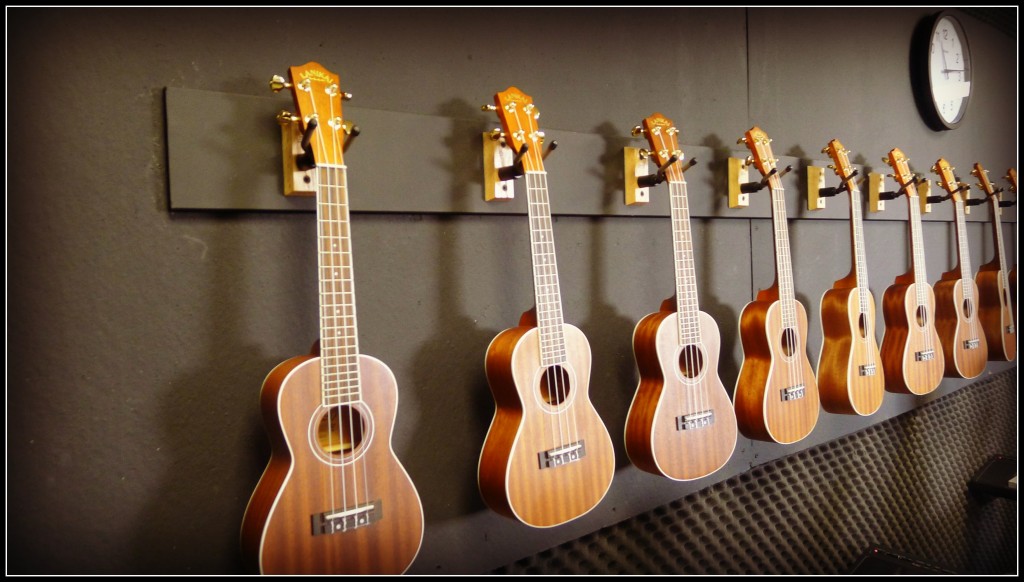
Walking into one of the classrooms, I saw my friend’s adorable daughter, J. Waverly is brimming with ideas and energy. It is a creative hub where students find magic in play and informal spaces. I took note of the nurturing way teachers interacted with their students. And, there is a lot of connection between teacher and kids and between the kids themselves.
Waverly’s clever use of outdoor space makes the most of the urban campus. There is a large play area and a spacious area for basketball and other sports.

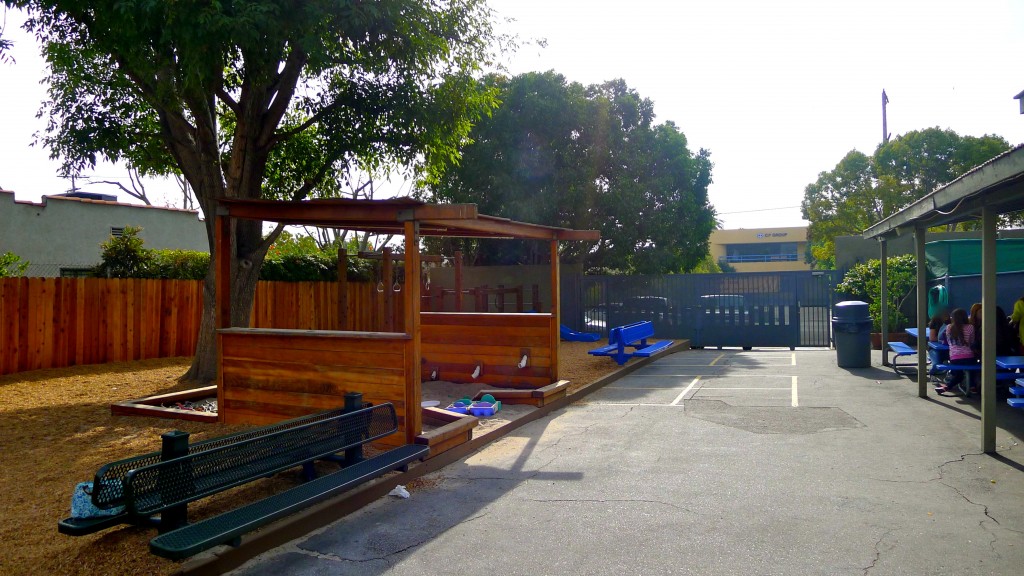
About a mile from the school is Waverly’s organic garden called The Farm. It is a one-acre organic garden where the kids participate in gardening activities along side Barbara Ayers, The Farm coordinator and parent volunteers. Outside in the fresh air, kids find it exhilarating to learn how to plant, nurture and harvest a wide variety of plants, including fruits and vegetables. Getting creative and productive with their harvest is part of the fun and learning. Kids walk from school to The Farm with parent chaperones.
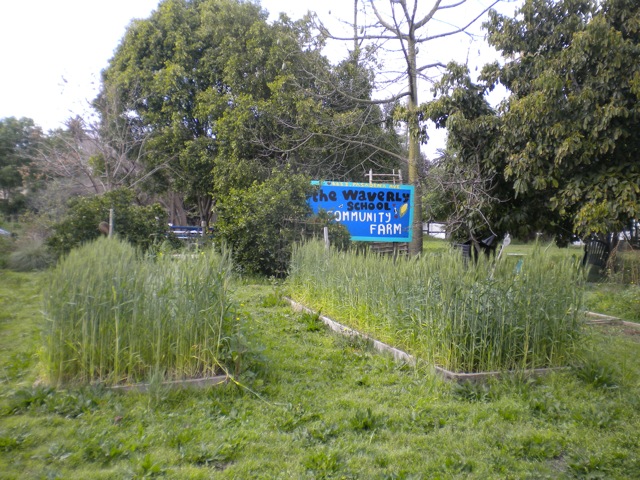

Jennifer’s admissions tips to parents included advice to avoid the words, “bored” and “gifted”. She also said that they almost always go to the wait-list to admit applicants. And, understating the anxiety involved with admissions, she told parents, “If you are a panicker, that’s ok, email me!”
The Waverly School is able to articulate and implement a narrative and practice of progressive education at its best. It is marvelously modern, incorporating the best of experiential learning using resources within the classroom and everyday life.
There is no better way to summarize what Waverly is truly about than to share one of the most touching and profound remarks from a Waverly teacher to her student during the high school graduation ceremony. The look on the graduating senior’s face was priceless as her teacher spoke about her:
“Like Alice climbing quickly down the rabbit hole into her own Wonderland of ideas, words and emotions, I know she will run through Sarah Lawrence and onto her next adventure.” (source: Waverly CD)

For more information, visit, www.thewaverlyschool.org